#DMTBeautySpot #beauty
Ever since President Trump announced on Friday that everyone, no matter who they are, should wear protective face masks during outdoor activities, there’s been a serious spike in online searches for them: where to buy them, how to make them, and how to wear them. And one of the questions most frequently asked is this: What are the best, most effective materials to use when making your own face masks? Unfortunately, while most mask-related questions are fairly cut and dry, this one’s answer is a bit more complicated.
Before you can even think about throwing a stitch, you have to first consider which fabric you’re going to use for your DIY face mask. According to U.S. Surgeon General Dr. Jerome Adams, anyone can make a mask at home using items such as a hand towel, a bandanna, or an old T-shirt. However, these fabrications alone are really only effective for keeping germs — especially COVID-19 germs — from getting out. In other words, they’re good at halting the spread of germs from a sick person to a healthy one. Without added layers of protection, though, they aren’t likely to actually protect healthy people from breathing dangerous germs in.
That’s where the importance of filters come in. Normally, one would use an N95 mask, also known as a mask with a respirator filter attached, for that purpose. But since respirator masks are needed by healthcare workers and healthcare workers only, scientists have taken to figuring out which at-home filters are capable of coming second best.
Yang Wang, an assistant professor of environmental engineering at Missouri University of Science and Technology, recently released a report surrounding this exact topic to The New York Times. In it, after testing the effectiveness of the bandannas and scarves that many people have turned to for protection, he found that those materials are not especially effective without multiple layers or added filters. The good news? You can add filters! The doctor provided a handy list of different filters that can successfully capture dangerous particles in the air.
Find out which DIY face mask filters Dr. Yang suggests you use (and where exactly you can buy them) by clicking through the slideshow ahead. Then, go ahead and wear that bandanna or scarf mask on your next grocery run — just make sure it is properly assembled using one of the options ahead.
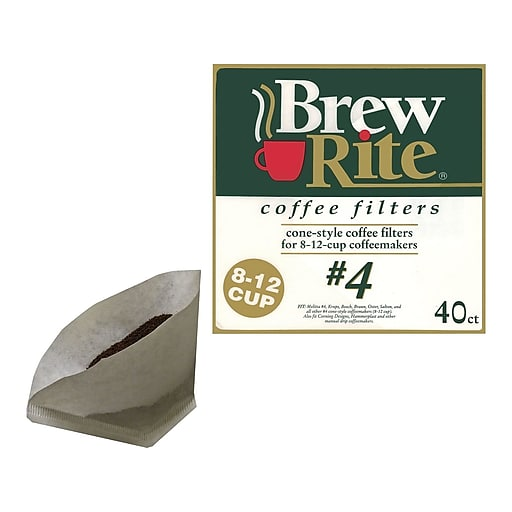
Coffee Filters
Dr. Wang’s tests found that coffee filters were fairly successful as filtering devices. For the test, they used three layers of Brew Rite and Natural Brew filters and found that 40 to 50 percent of particles were filtered.
Brew Rite 8-12 Cup 4 Cone Coffee Filters 40 Pack, $, available at Staples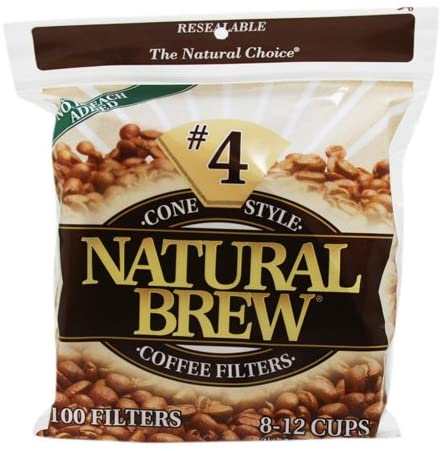
Natural Brew Cone Coffee Filters, Natural Brown Paper, $, available at Amazon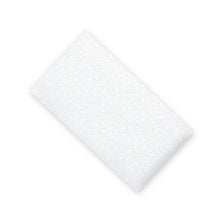
Furnace Filters
Furnace filters were slightly less effective than HVAC filters, capturing 75 percent with two layers and 95 percent with six. Dr. Wang strongly suggests wedging your furnace filters between two layers of pillowcases (which were found to be especially effective) in order to protect you from breathing in different harmful fibers that might be trapped in filters such as these.
Respironics Respironics M-Series & System One Ultra Fine Filter - 6pk., $, available at The CPAP People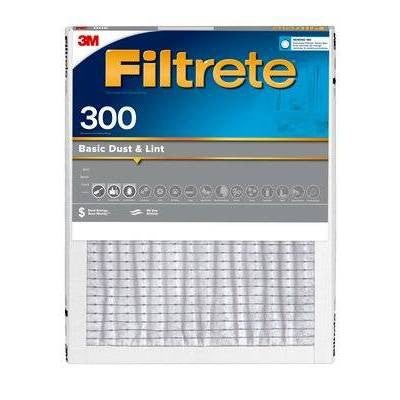
Filtrete Filtrete 16"x20"x1" Basic Dust Air Filter, $, available at Target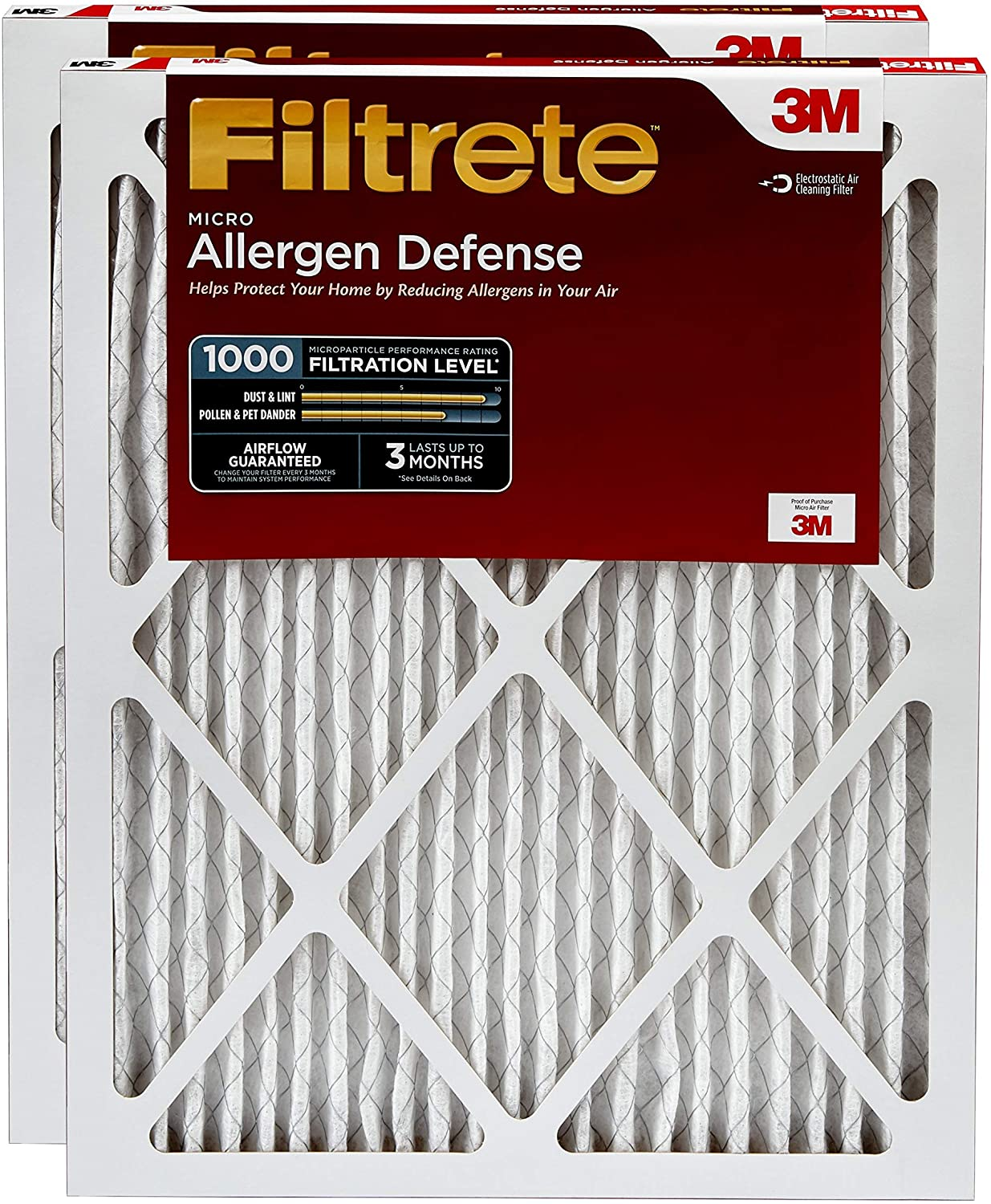
HVAC Filters
The best filters of all were allergy-reduction HVAC filters. HVAC filters successfully captured 89 percent of particles, with two layers capturing 95 percent.
Again, Dr. Wang stressed the importance of using one of the effective cloth materials highlighted in his results (for best results, use 600-thread-count pillowcases) as an outside layer for your DIY mask.
Filtrete AC Furnace Air Filter, Micro Allergen Defense, 2-Pack, $, available at Amazon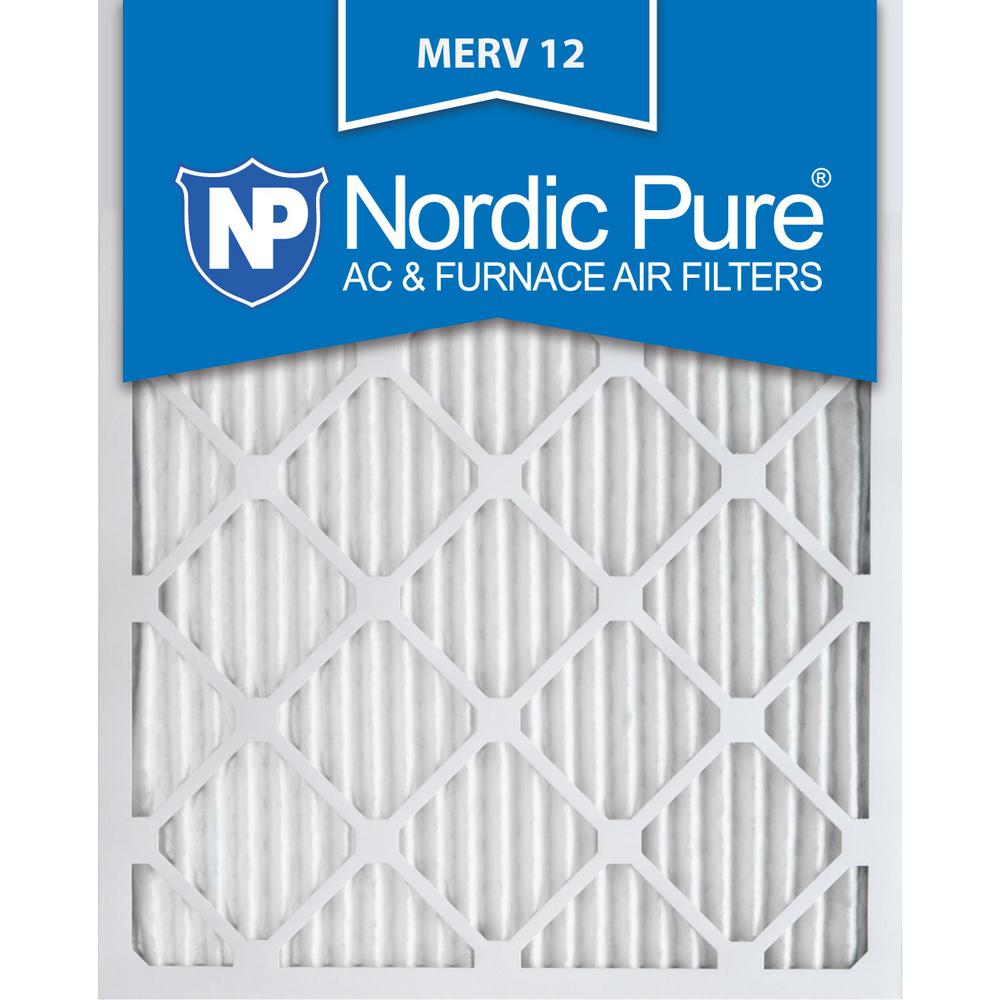
Nordic Pure 20 in. x 30 in. x 1 in. Allergen Pleated MERV 12, $, available at The Home Depot
Like what you see? How about some more R29 goodness, right here?
How Do I Make A Homemade Coronavirus Mask?
Is Your Homemade Face Mask Effective?
Here's Where To Buy Non-Medical Face Masks Online
DMTBeautySpot
via https://www.DMTBeautySpot.com
Eliza Huber, Khareem Sudlow

0 comments